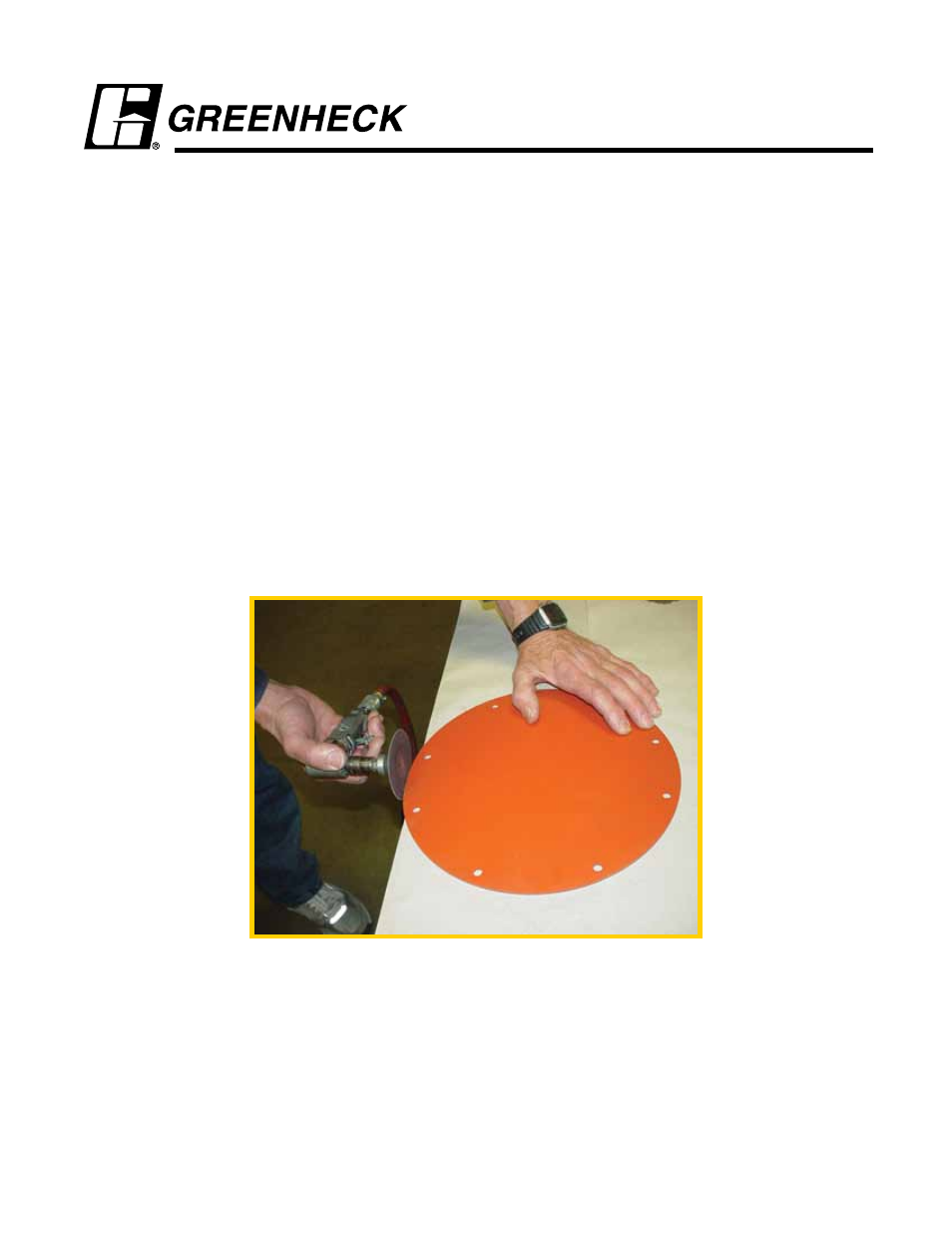Greenheck Seal Replacement for Bubble Tight Dampers (HBTR) User Manual
Seal replacement for bubble tight dampers

Seal Replacement for
Bubble Tight Dampers
HBTR-151 & HBTR-451
Blade seal may deteriorate over time due to aging,
wear or mechanical damage. Site conditions such as
radiation, grit, or chemical agents may degrade the
elastomer used.
Standard seal material is solid silicone rubber, 50
Shore A durometer.
A. Operating torque increase with material
thickness, as does the ability to withstand
differential pressure across the damper
blade.
B. Stiffer material (higher durometer) increases
operating torque and degrades material
compliance to frame.
C. Rubber materials vary greatly in their
coefficient of friction and their “stickiness”.
Materials with the same durometer may
not perform with same torque and sealing
capability.
The amount of seal overlap to the damper frame is
critical. At axle penetration, seal should just contact
frame so it does not fold. Seal blade perimeter at
right angle to axle should overlap frame so as to
increase the angular range of blade travel. That
is, blade may not stop in exactly the same spot
everytime, depending on installed actuator.
Seal may cover the whole blade surface or have
center cut out to conserve material.
Standard caulk is silicone rubber and is used
to insure that air does not bypass around blade
fasteners.
Seal Preparation
If seal is being cut in field, a fine sanding pad running
PARALLEL to the seal edge can smooth rough
places and blend uneven surfaces (see below). It
is important that seal edge have sharp right angle
corners and have no nicks, cuts or roughness.
Procedure
A. Decontaminate, sterilize or clean damper
before replacing seal. This damper is often
specified for uses that could be hazardous
to one’s health.
B. Close damper. Remove nuts around blade
perimeter and along axle.
C. Use hammer and punch on axle bolt ends to
loosen and remove blade cover plate with
seal. Be careful not to scrape or gouge
frame inside perimeter.
D. Pull off seal. Remove any remaining silicone
caulk.
E. Caulk perimeter of blade cover with small
(1/8 in.) bead. Be sure to caulk OUTSIDE of
blade perimeter studs.
F. Install seal onto perimeter studs, making
sure to orient the shorter seal axis and axle
bolt holes along the axle centerline.
